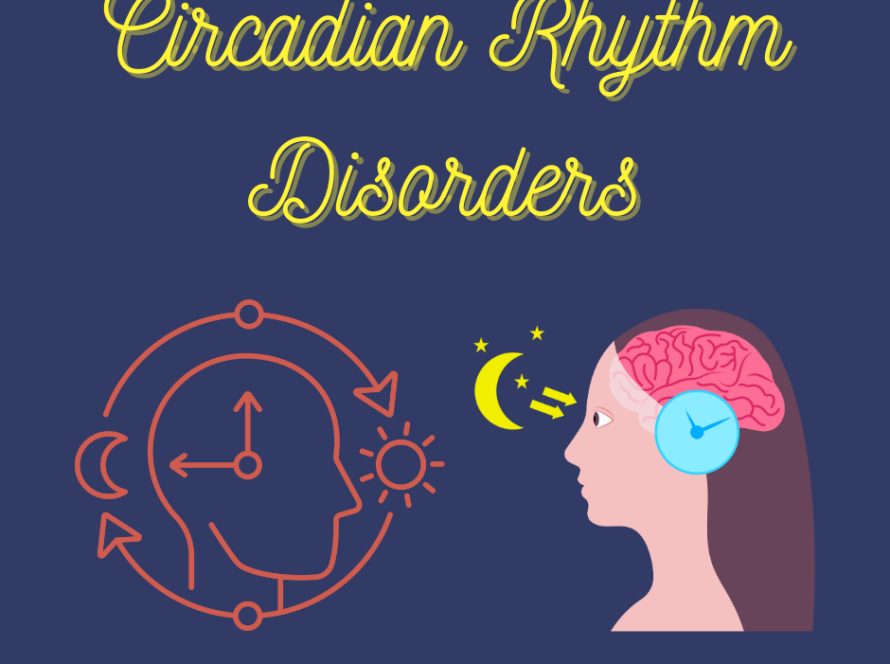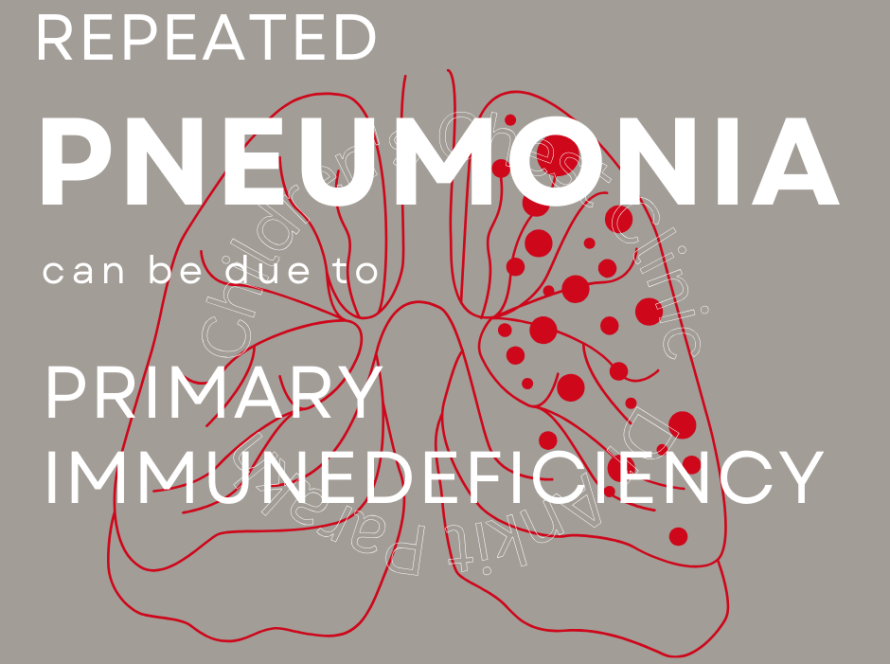Anaphylaxis called as “An-a-fi-LAK-sis” is a serious life-threatening allergic reaction. The most common cause of anaphylaxis in children is allergy reaction to foods, insect stings, medications and latex. Anaphylaxis can cause a series of symptoms, including a skin rashes, low blood pressure and weak pulses which is known as anaphylactic shock. Anaphylaxis can be fatal if it not treated promptly.
What are the usual signs and symptoms of Anaphylaxis?
Symptoms of anaphylaxis usually occur immediately (within minutes to around 2 hours) after a child comes into contact with the allergen. The symptoms of anaphylaxis can include:
- Skin involvement like generalized itchy skin, redness on skin, hives, swelling of lips/tongue and facial swelling
- Breathing problems like cough, wheezing, trouble breathing, shortness of breath, stridor and low oxygen levels.
- Gastro intestinal symptoms like nausea, cramps and tummy pain
- Increased heart rate, low pulse and blood pressure
- Anxiety and confusion
What Are the Complications of Anaphylaxis?
Some children with anaphylaxis might go into anaphylactic shock. During this episode the child might stop breathing and can have very low blood pressure leading to stoppage of heart beat. All of these complications of anaphylaxis are potentially fatal.
What Causes Anaphylaxis?
In the case of anaphylaxis, the child’s immune system overreacts to an “allergen”, releasing chemicals leading to a full-body allergic reaction. The common allergens which leads to anaphylaxis in children are:
- Foods like milk, egg, fish, shellfish and other sea foods, wheat, peanuts, almonds, cashew, dals, chana, some fruits, etc
- Medicines like antibiotics, pain killer medicines, anaesthesia medicines
- Latex exposure
- Insect Stings
How Is Anaphylaxis Treated?
Anaphylaxis needs prompt and appropriate treatment. If someone near you begins to develop symptoms of anaphylaxis, lay the person on their back and raise their feet up 12 inches.
At the hospital, children with anaphylaxis are given adrenaline or commonly called as epinephrine intramuscularly. This is the key medicine which reverts all symptoms of anaphylaxis and is life saving.
In case this is a second episode of anaphylaxis and epinephrine is available, immediately administer the medicine.
How Do You Prevent Anaphylaxis?
Avoidance of the allergen is the key to prevent future anaphylaxis episodes. If the child is considered at risk for having anaphylaxis, your pediatric allergist will suggest to carry epinephrine medication, such as epinephrine auto-injectors, for emergency. An epinephrine auto-injector is a small device that has a pre-defined dose of epinephrine filled and loaded in a single dose. As soon as the child begins to have anaphylaxis symptoms, the auto-injector is to be used. Your pediatric allergist shall train you and the child (if old enough) to use the auto-injector.
The availability of the epinephrine auto-injectors in India is poor and they are very costly. Hence, in India mostly pre-filled epinephrine syringes are given to parents. Your pediatric allergist shall help you with using these.
In case your child has developed anaphylaxis, the child needs to be evaluated by a pediatric allergist!!!







